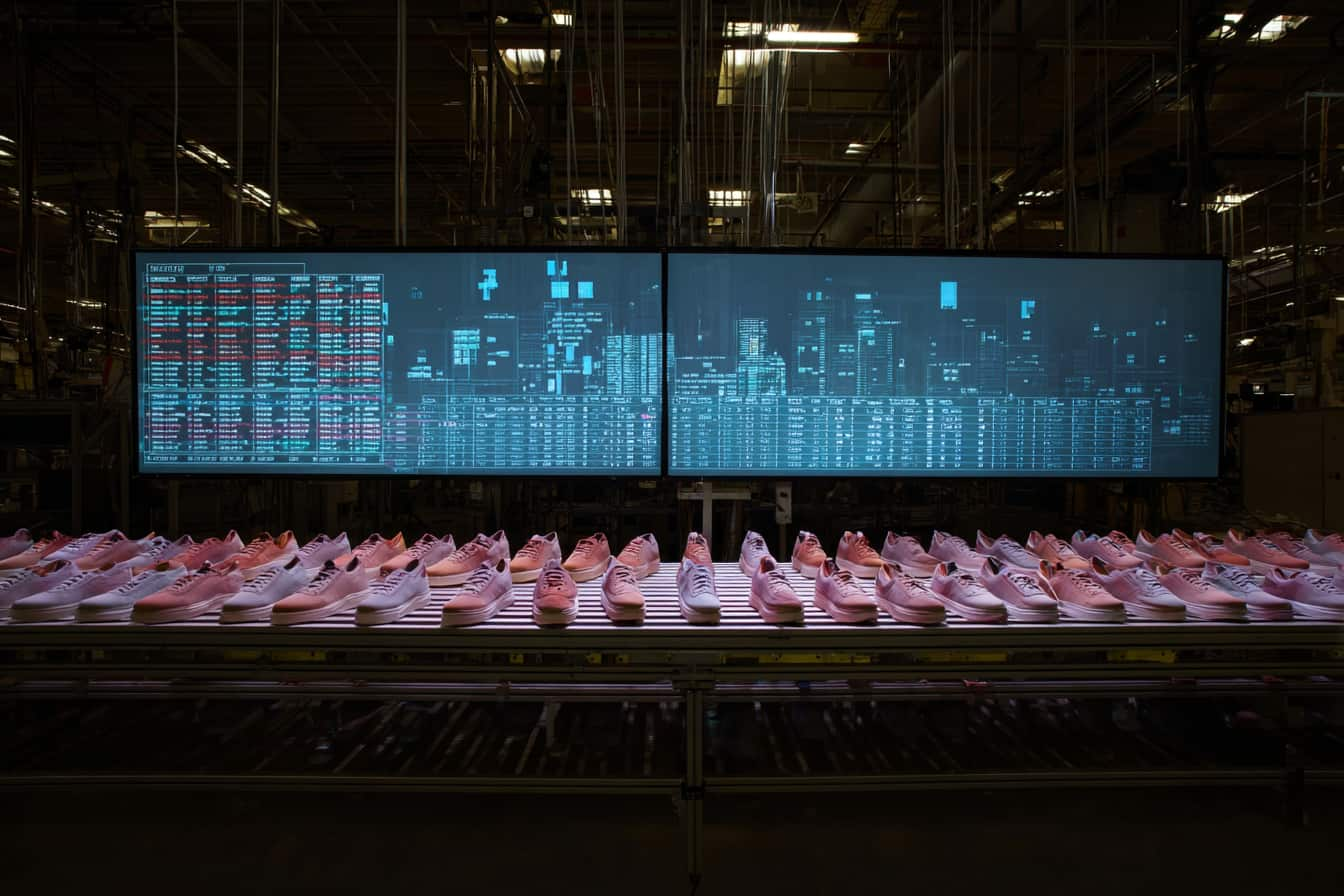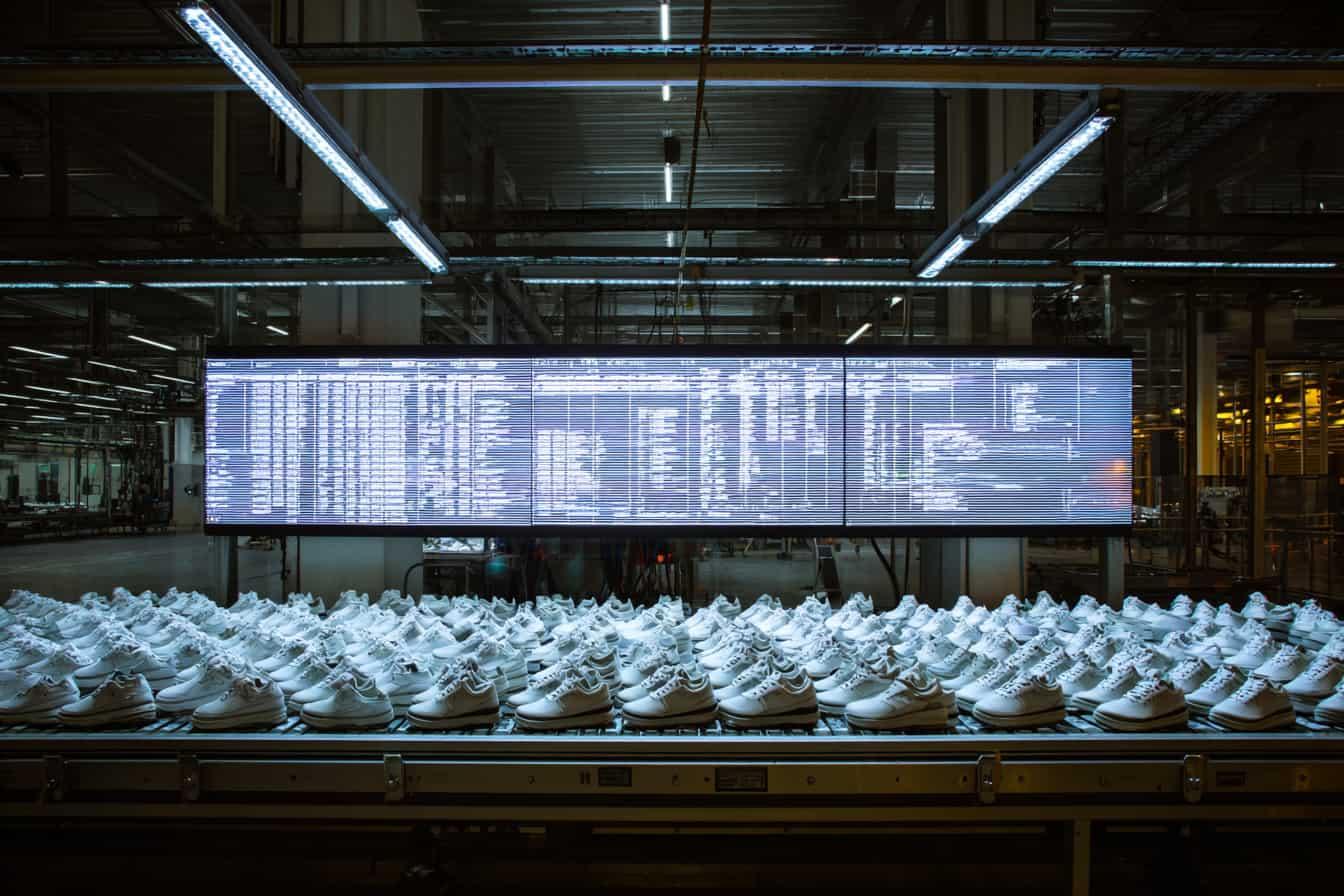Let’s cut through the noise—Google Shopping isn’t what it was a few years ago.
In 2025, the difference between a campaign that prints money and one that fizzles out comes down to one thing: your product feed.
Ignore it, and you’re invisible. Nail it, and you’re everywhere.
Here’s how I approach feed optimization today, why it’s the single most important lever for your Shopping campaigns, and the exact tactics I use to turn underperformers into revenue machines.
In case you have never seen a product feed before, or looked at your own, here is an example:
<rss version="2.0" xmlns:g="http://base.google.com/ns/1.0">
<channel>
<title>Runners Choice Store</title>
<link>https://www.realrunpro.com</link>
<description>Premium running shoes for athletes of all levels</description>
<item>
<g:id>VB-101</g:id>
<g:structured_title>
<g:digital_source_type>trained_algorithmic_media</g:digital_source_type>
<g:content>"Stride with Power: AI-Inspired Velocity Boost Men’s Running Shoes (Size 10)"</g:content>
</g:structured_title>
<g:structured_description>
<g:digital_source_type>trained_algorithmic_media</g:digital_source_type>
<g:content>"Experience the perfect fusion of speed and comfort with the AI-Inspired Velocity Boost. Engineered for responsive cushioning and energizing rebound, these men’s running shoes help you tackle every mile with ease."</g:content>
</g:structured_description>
<g:link>https://www.realrunpro.com/velocity-boost-men</g:link>
<g:image_link>https://www.realrunpro.com/images/velocity_boost.jpg</g:image_link>
<g:availability>in_stock</g:availability>
<g:price>119.99 USD</g:price>
<g:brand>SpeedPro</g:brand>
<g:color>Black/White</g:color>
<g:size>10</g:size>
<g:gender>male</g:gender>
<g:condition>new</g:condition>
<g:shipping>
<g:country>US</g:country>
<g:service>Standard</g:service>
<g:price>5.99 USD</g:price>
<g:min_transit_time>2</g:min_transit_time>
<g:max_transit_time>5</g:max_transit_time>
</g:shipping>
<g:shipping_weight>1.5 lb</g:shipping_weight>
</item>
The Anatomy of a High-Performance Feed
Think of your product feed as your digital storefront. If it’s messy, incomplete, or outdated, Google’s algorithm will walk right by.
But if it’s sharp, detailed, and constantly evolving, you’ll get prime placement—both paid and organic.
What’s changed in 2025?
- Google’s algorithm now weighs every attribute, from GTINs to custom labels.
- Machine learning rewards feeds that are detailed, accurate, and up-to-date.
- Free listings are more prominent, but only for feeds that meet strict criteria.
The Real-World Impact: What Happens When You Get It Right
Let’s break down the tangible results I see when a feed goes from average to optimized:
- Visibility skyrockets: More impressions, more placements, more eyeballs.
- Clicks become cheaper: Google trusts your data, so you pay less per click.
- Conversion rates climb: Shoppers find exactly what they want, faster.
- ROAS jumps: Every dollar spent works harder.
Example: A home décor retailer I worked with had generic titles and missing attributes.
After a full feed overhaul—adding search-driven keywords, rich images, and complete identifiers—their impressions doubled, CTR jumped by 40%, and sales shot up without increasing ad spend.
Feed Optimization Tactics That Actually Move the Needle
Forget the basics. Here’s what works now:
1. Dynamic Title Engineering
- Use automation to inject trending keywords into product titles.
- Regularly refresh titles based on real search data, not guesswork.
- Example: Swap “Running Shoes” for “Men’s Lightweight Trail Running Shoes – Waterproof.”
2. Attribute Deep Dive
- Go beyond brand and size. Add color, material, style, and any attribute that matters to your audience.
- Update attributes as trends shift—seasonal colors, new materials, etc.
- The more complete your data, the more Google trusts your listings.
3. Custom Labels for Smarter Bidding
- Segment products by margin, seasonality, or inventory level.
- Bid aggressively on high-margin or trending products, pull back on slow movers.
- Use labels to trigger automated rules—no more manual guesswork.
4. Image Overhaul
- Test lifestyle images vs. product-only shots.
- Swap out underperforming images monthly.
- Google now favors images that match shopper intent—don’t settle for stock photos.
5. Compliance and Change Management
- Monitor Google’s feed requirements weekly. They change fast.
- Set up alerts for disapprovals—fix issues before they tank your listings.
- Stay ahead of new policies (like installment options or local inventory) to avoid costly downtime.
The Data: What the Numbers Say
Here’s what I see across verticals:
- Small eCommerce brands: Fixing missing GTINs and optimizing titles can double visibility overnight.
- B2B suppliers: Detailed attributes and niche keywords unlock new audiences with minimal competition.
- Enterprise retailers: Automation and granular custom labels drive scale—feeding remarketing and smart bidding engines.
Key Feed Optimization Elements and Their Impact
Feed Optimization Checklist for 2025
Want to stay ahead? Run through this list every month:
- Automate keyword updates in titles and descriptions.
- Audit attributes for completeness and relevance.
- Review and test new product images.
- Update custom labels based on business goals.
- Monitor for feed disapprovals and resolve fast.
- Track competitor feed strategies and adapt.
The Bottom Line
Feed optimization isn’t a one-time project—it’s a living, breathing process. In 2025, it’s the backbone of every successful Google Shopping campaign.
If you want to win, treat your feed like your most valuable asset. Keep it sharp, keep it current, and never stop testing.
The brands that treat feed optimization as a core discipline—not an afterthought—are the ones dominating Shopping results this year. Don’t get left behind.
Want to try the #1 AI Toolkit for SEO teams?
Our AI SEO assistants helps write and optimize everything - from descriptions and articles to product feeds - so they appeal to both customers and search engine algorithms. Try it now with a free trial→

![Optimize Your Feed for Google Shopping [And Get Instant Rewards]](https://cdn.prod.website-files.com/689da0db4875be384646a495/689dbebe3806a25460fedee5_Sebatian.png)
![Product Disapprovals in Google Merchant Center [How to Fix Them]](https://cdn.prod.website-files.com/689da0db4875be384646a495/68a46dda8d01677982031ce4_product-disapprovals-in-merchant-center.jpg)

